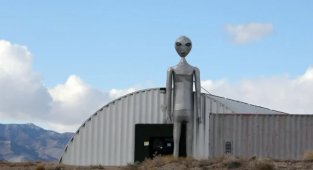Secret places on Earth where ordinary people should not go (10 photos)
The Earth is full of mysterious and interesting places. However, many of them are inaccessible to us mere mortals. The reasons for this are different: some are the subject of strict secrecy, others are dangerous to visit, and others are under the protection of UNESCO. 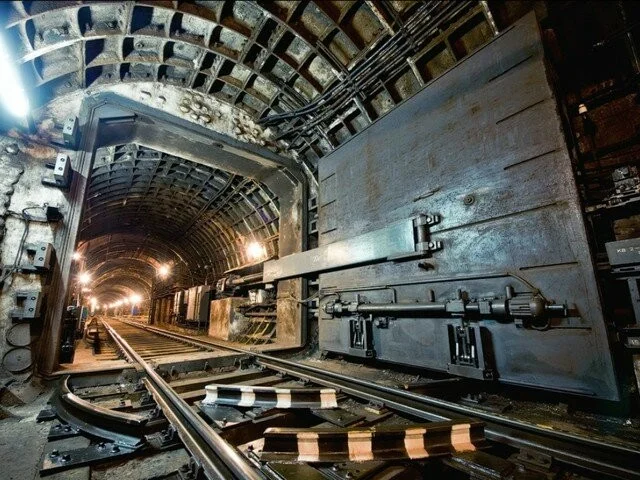
Zone 51 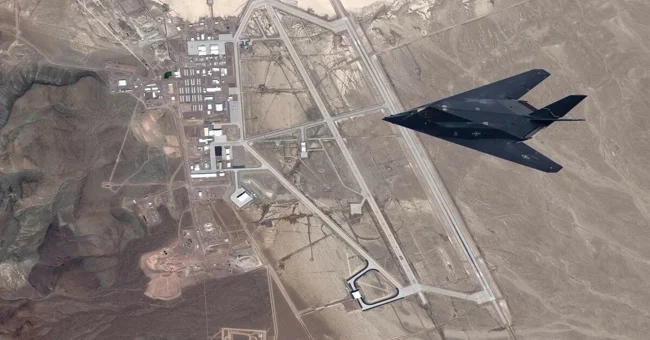
Area 51 is a base located in the United States in the southern state of Nevada, 133 km northwest of Las Vegas, on the southern shore of the dry salt lake Groom Lake. Presumably used for experimental tests in the field of aeronautics and weapons systems. This object and the area around it are carefully guarded, and the airspace above it is closed. And it is for this reason that a whole cloud of legends and theories has appeared around Area 51. There are opinions that scientists there are developing secret weapons and even researching alien technologies, as well as inhabitants of other planets who land on Earth. Such rumors appeared after people began to notice strange flying objects in the skies over Nevada. No one knows exactly what is happening in Area 51. But there is a completely credible explanation for the UFOs that were allegedly seen over the site in the 50s. 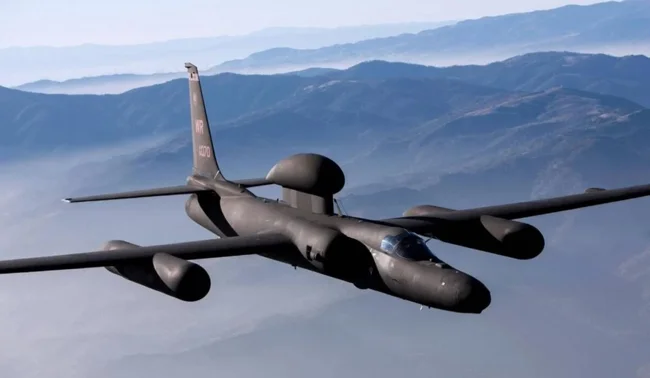
At that time, a U-2 reconnaissance aircraft was being tested there, which could rise to enormous heights and reach speeds that made it literally invisible to radar. Passenger planes hovered at an altitude of 6 kilometers and lower and, because of this, at dusk they also found themselves in the dark. The U-2 reconnaissance aircraft flying at an altitude of 20–21 km was still illuminated by the sun at dusk, and its wings reflected the rays. Therefore, the pilots of that time saw a sparkling object rush past with lightning speed and immediately disappear from sight. Veteran pilots knew that modern aircraft do not fly higher than 14 kilometers and do not accelerate to such speeds. Therefore, people began to think that they were seeing fantastic objects and flying saucers in the sky.
Snake Island 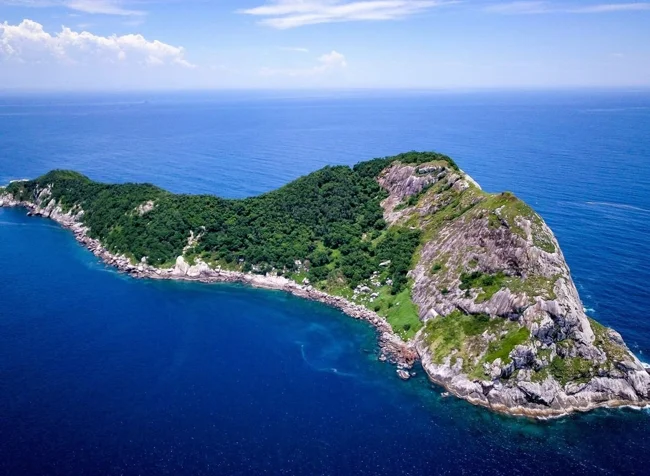
If you are a lover of Brazil, then it is worth knowing about the island that is best not to visit. Let us remember that snakes are not very hospitable hosts. Snake Island in Brazil is a rocky coast 200 meters high. It's called Queimada Grande. It is estimated that there are up to five snakes for every square meter of the island! Therefore, if someone thinks that acquaintance with snakes will not happen for him, this is not so. Most likely, it will not come only because the most poisonous snakes live on the island. Their bite leads to instant death. 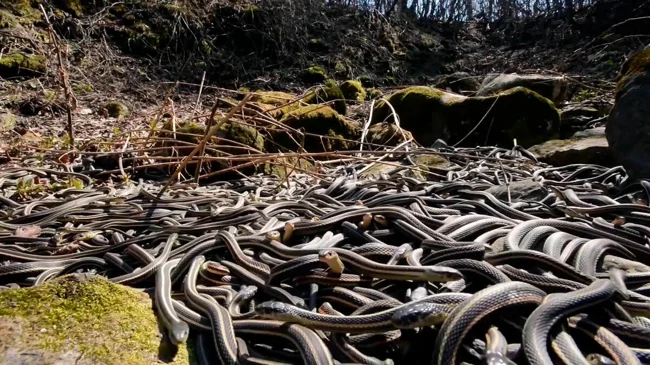
By the way, one of these snakes is the island botro’ps breed. According to many sources, this is the most dangerous reptile in the world. However, in addition to its lethal power, Bottrops is also an extremely rare species, which is why the authorities are negative about people visiting the island. Some sources assure that access there is still completely closed by the government. Others say that it is possible to go there, but hardly anyone in their right mind would dare to do so. Practice has confirmed that it is simply unrealistic to coexist with these reptiles, much less escape from them. Despite the fact that people always closed their doors and windows tightly behind them, this did not help them survive. The snakes living on the island are very aggressive and can masterfully camouflage and adapt to environmental conditions. While waiting for a victim, they can remain motionless for a very long time. That is why, in the minds of many, Snake Island is a true hell on Earth, from which only one place can help you escape.
Doomsday Vault 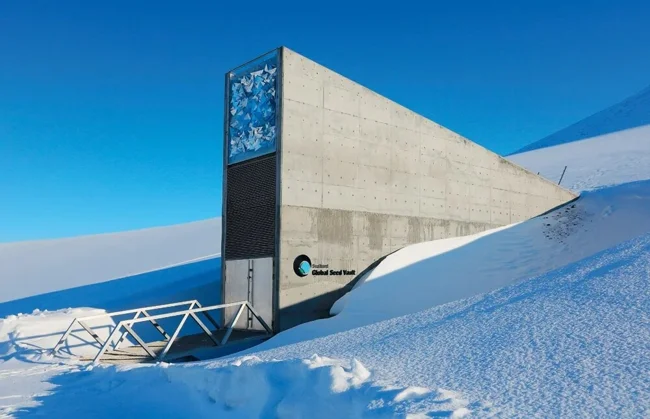
In the event of a sudden invasion of snakes or any other worldwide cataclysm, there is one place that will certainly save the rest of the population. It's called the Doomsday Vault, or the World Seed Vault. This tunnel is located on the island of Spitsbergen; seeds of the main agricultural crops are placed there for safe storage. The location was not chosen by chance: there is little tectonic activity here, and the permafrost will ensure the survival of the seeds even if the refrigeration equipment fails. 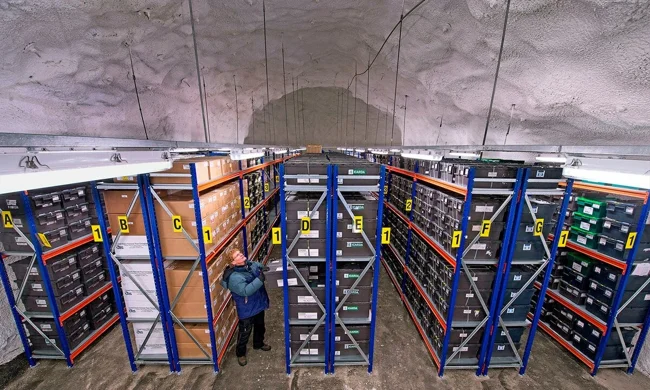
All samples are stored in sealed envelopes, packed in special plastic bags, which, in turn, are placed in containers. There is enough space inside to accommodate 4.5 million seeds. Noah's Ark has blast-resistant doors and special airlocks. Norway paid $9 million from its own wallet for the project, although each country in the world is separately represented in the repository. Needless to say, not everyone can get into the seed bank. But you can take a virtual walk through the Doomsday Vault right now.
Surtsey 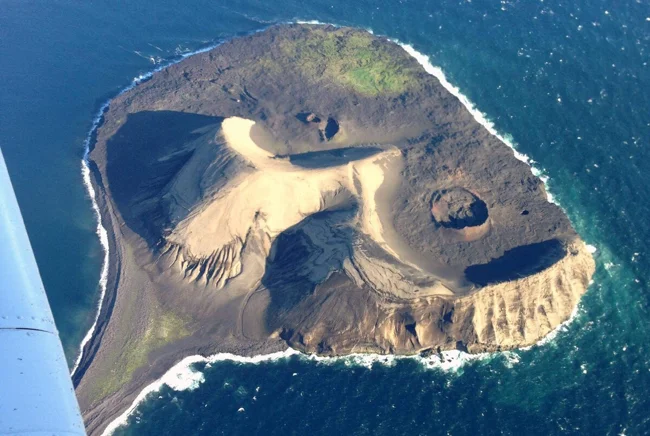
Surtsey is a young volcanic island in the very south of Iceland. The “birth” of the island is considered to be November 1963. Near the Westmannae’yar Islands, during almost 4 years of large eruptions of underwater volcanoes, an as yet unnamed island with an area of 2.7 km² “emerged” from the water. Over time, water currents and wind naturally reduced the island a little, and by 2000 its area stopped at 1.5 km². The erosion of Surtsey has slowed greatly since the 1980s and scientists predict that it will soon stop eroding altogether. Almost immediately this island was declared a nature reserve. Over the entire period, only a few scientists were given the right to visit. 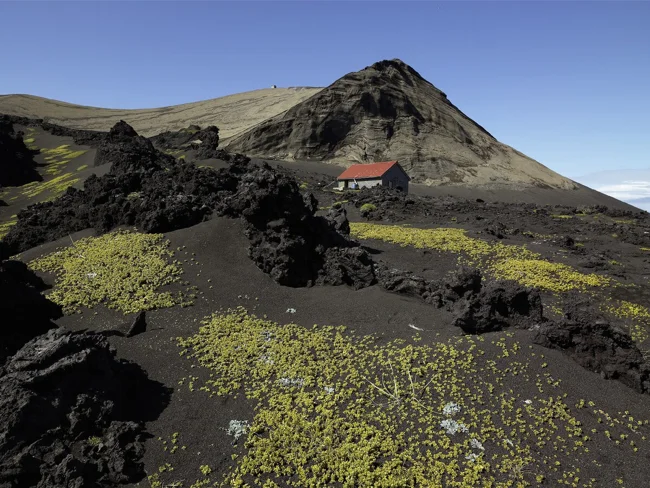
The only man-made object on Surtsey is a small hut, which is used by scientists and visitors when visiting the island. The hut contains several bunk beds, radio electronics and a solar-powered power source. All visitors check themselves and their belongings before visiting to ensure non-interference and integrity of the local ecosystem. In 2009, a weather station and webcam were installed on Surtsey. Now researchers have the opportunity to observe how life begins on a tiny piece of land: already in the first hours of the acute period, microorganisms appeared, then lichens, mosses and plants began to appear. Surtsey is now home to several species of birds, insects and worms.
Metro-2 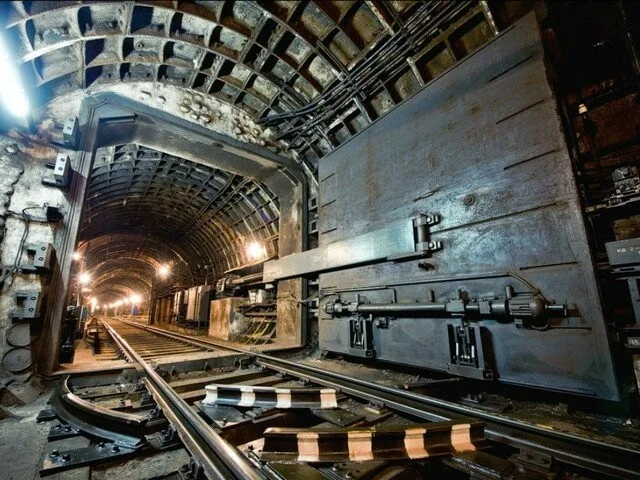
In 2007, the former head of the Moscow Metro, Dmitry Gaev, when asked: “Does Metro-2 exist,” answered: “I would be surprised if it did not exist.” In fact, there is a government metro system under the US capital. It has long been declassified, and much is known about it. These are three lines, six stations and seven trains. It is also in very good condition and they are not shy about showing it to the public. And in Moscow itself, secret underground tunnels did not appear in the 20th century. Mentions of the first underground passages date back to the 18th century. For example, an underground passage between the Taganskaya prison and the Novospassky Monastery, dug at a depth of 12 meters. It is not surprising that Soviet leaders were concerned with the construction of underground communications. They are called Metro-2, but not a single person, not even the most curious resident, will be able to visit this place. There is a version that a secret underground tunnel appeared even before the formation of Moscow. Metro-2 is such a closed place that data about it has been collected for more than one year. All available information is taken from media news, secret correspondence and illegal data from telephone conversations. The mystery of the metro began to be actively discussed in the early 90s. More information was obtained from an interview with the chief of staff of the Moscow Civil Defense. It turned out that Metro-2 serves as a kind of transmitter of information about all the events that take place in the city. It is there that offices are located for people who will participate in rescue operations in the event of a large-scale threat. Entry into Metro-2 by unauthorized persons is strictly prohibited.
